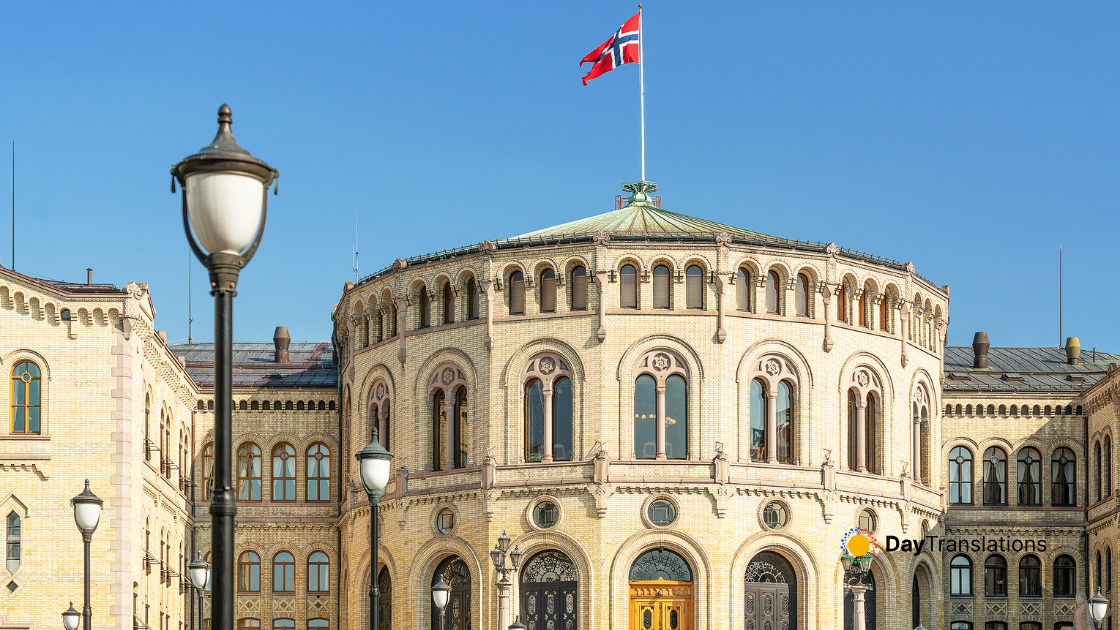Situated at the northwestern corner of Africa, Morocco is bordered on the North by the Mediterranean Sea and the two Spanish enclaves of Ceuta and Melilla, on the East and South East by Algeria, on the South by Western Sahara, and on the West by the Atlantic Ocean. Its political, economic, geographical and financial proximity of the European Union contributes to the dynamism of the economy.
The Moroccan economy is fast growing, due to several factors. Among Morocco’s assets count the low cost and the high quality of labour force. Morocco is a leader in turning its phosphate resources into chemicals and fertilizers that are in demand around the globe.
:: Background of Morocco ::
In 788, about a century after the Arab conquest of North Africa, successive Moorish dynasties began to rule in Morocco. In the 16th century, the Sa’adi monarchy, particularly under Ahmad AL-MANSUR (1578-1603), repelled foreign invaders and inaugurated a golden age. In 1860, Spain occupied northern Morocco and ushered in a half century of trade rivalry among European powers that saw Morocco’s sovereignty steadily erode; in 1912, the French imposed a protectorate over the country. A protracted independence struggle with France ended successfully in 1956. The internationalized city of Tangier and most Spanish possessions were turned over to the new country that same year. Morocco virtually annexed Western Sahara during the late 1970s, but final resolution on the status of the territory remains unresolved. Gradual political reforms in the 1990s resulted in the establishment of a bicameral legislature, which first met in 1997. Improvements in human rights have occurred and there is a largely free press. Despite the continuing reforms, ultimate authority remains in the hands of the monarch.
In this Country Profile
:: Geography of Morocco ::
Location: Northern Africa, bordering the North Atlantic Ocean and the Mediterranean Sea, between Algeria and Western Sahara.
Geographic coordinates: 32 00 N, 5 00 W
Area:
total: 446,550 sq km
land: 446,300 sq km
water: 250 sq km
Area – comparative: slightly larger than California
Land boundaries: total: 2,017.9 km. Border countries: Algeria 1,559 km, Western Sahara 443 km, Spain (Ceuta) 6.3 km, Spain (Melilla) 9.6 km
Maritime claims:
territorial sea: 12 nm
contiguous zone: 24 nm
exclusive economic zone: 200 nm
continental shelf: 200 m depth or to the depth of exploitation
Climate: Mediterranean, becoming more extreme in the interior
Terrain: northern coast and interior are mountainous with large areas of bordering plateaus, intermontane valleys, and rich coastal plains.
Elevation extremes:
lowest point: Sebkha Tah -55 m
highest point: Jebel Toubkal 4,165 m
Natural resources: phosphates, iron ore, manganese, lead, zinc, fish, salt
Land use:
arable land: 19%
permanent crops: 2%
other: 79% (2005)
Natural hazards: northern mountains geologically unstable and subject to earthquakes; periodic droughts.
Environment – current issues: land degradation/desertification (soil erosion resulting from farming of marginal areas, overgrazing, destruction of vegetation); water supplies contaminated by raw sewage; siltation of reservoirs; oil pollution of coastal waters.
Environment – international agreements: party to: Biodiversity, Climate Change, Climate Change-Kyoto Protocol, Desertification, Endangered Species, Hazardous Wastes, Law of the Sea, Marine Dumping, Ozone Layer Protection, Ship Pollution, Wetlands, Whaling. Signed, but not ratified: Environmental Modification.
:: People of Morocco ::
Population: 34,343,220 (July 2008 est.)
Age structure:
0-14 years: 30.5% (male 5,337,322/female 5,136,156)
15-64 years: 64.3% (male 11,015,409/female 11,069,038)
65 years and over: 5.2% (male 765,882/female 1,019,412) (2008 est.)
Median age:
total: 24.7 years
male: 24.1 years
female: 25.2 years (2008 est.)
Population growth rate: 1.505% (2008 est.)
Birth rate: 21.31 births/1,000 population (2008 est.)
Death rate: 5.49 deaths/1,000 population (2008 est.)
Net migration rate: -0.77 migrant(s)/1,000 population (2008 est.)
Sex ratio:
at birth: 1.05 male(s)/female
under 15 years: 1.04 male(s)/female
15-64 years: 1 male(s)/female
65 years and over: 0.75 male(s)/female
total population: 0.99 male(s)/female (2008 est.)
Infant mortality rate:
total: 38.22 deaths/1,000 live births
male: 41.74 deaths/1,000 live births
female: 34.53 deaths/1,000 live births (2008 est.)
Life expectancy at birth:
total population: 71.52 years
male: 69.16 years
female: 74 years (2008 est.)
Total fertility rate: 2.57 children born/woman (2008 est.)
HIV/AIDS – adult prévalence rate: 0.1% (2001 est.)
HIV/AIDS – people living with HIV/AIDS: 15,000 (2001 est.)
HIV/AIDS – deaths: NA
Nationality: noun: Moroccan(s) adjective: Moroccan
Ethnic groups: Arab-Berber 99.1%, other 0.7%, Jewish 0.2%
Religions: Muslim 98.7%, Christian 1.1%, Jewish 0.2%
Languages: Arabic (official), Berber dialects, French often the language of business, government, and diplomacy
Literacy: definition: age 15 and over can read and write
total population: 52.3%
male: 65.7%
female: 39.6% (2004 census)

Sorry, the comment form is closed at this time.